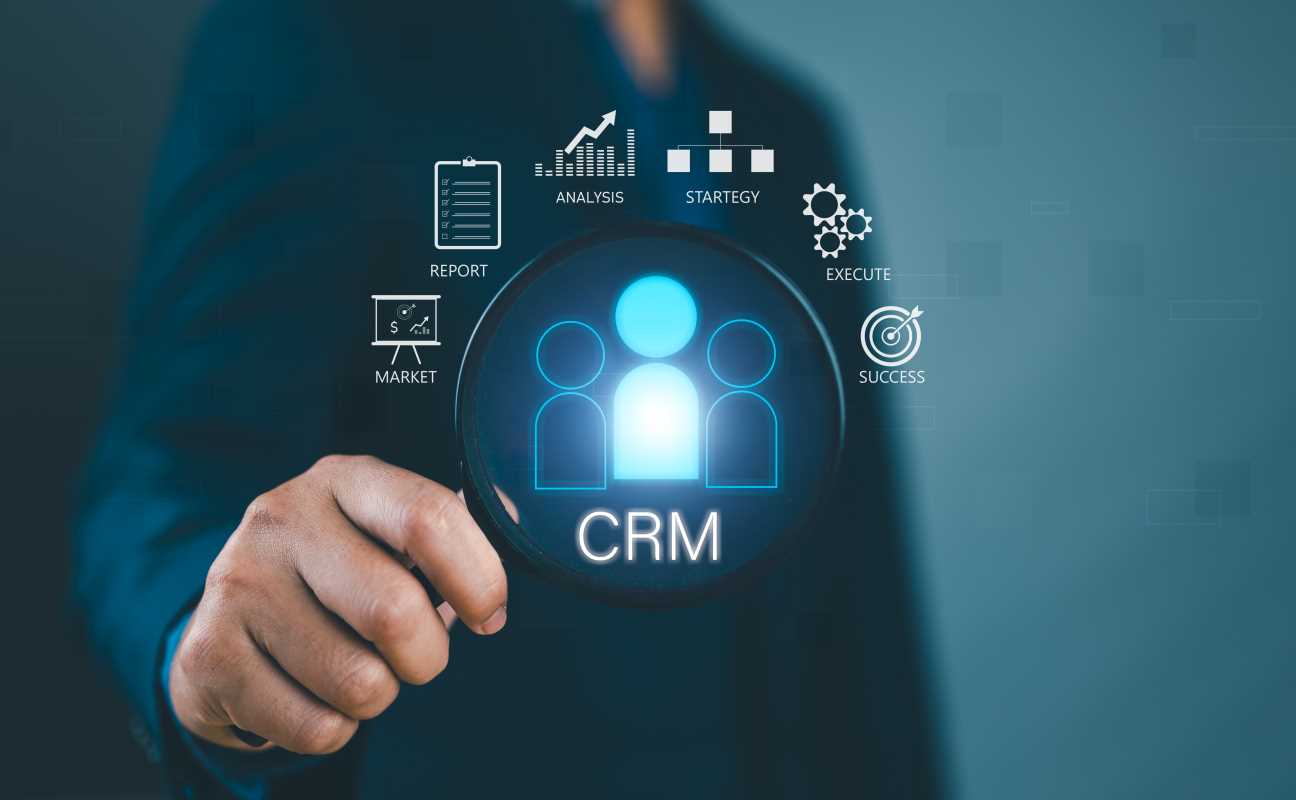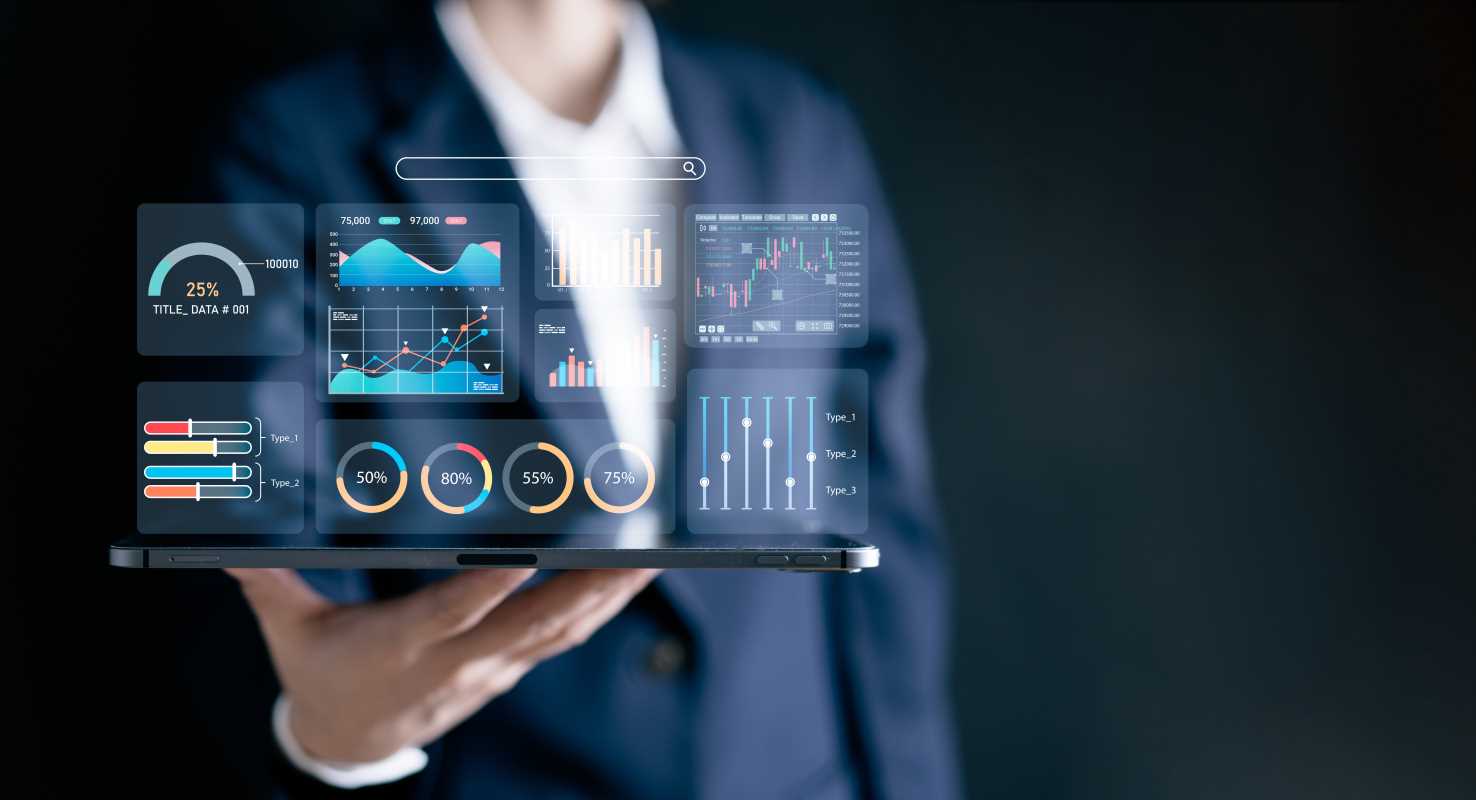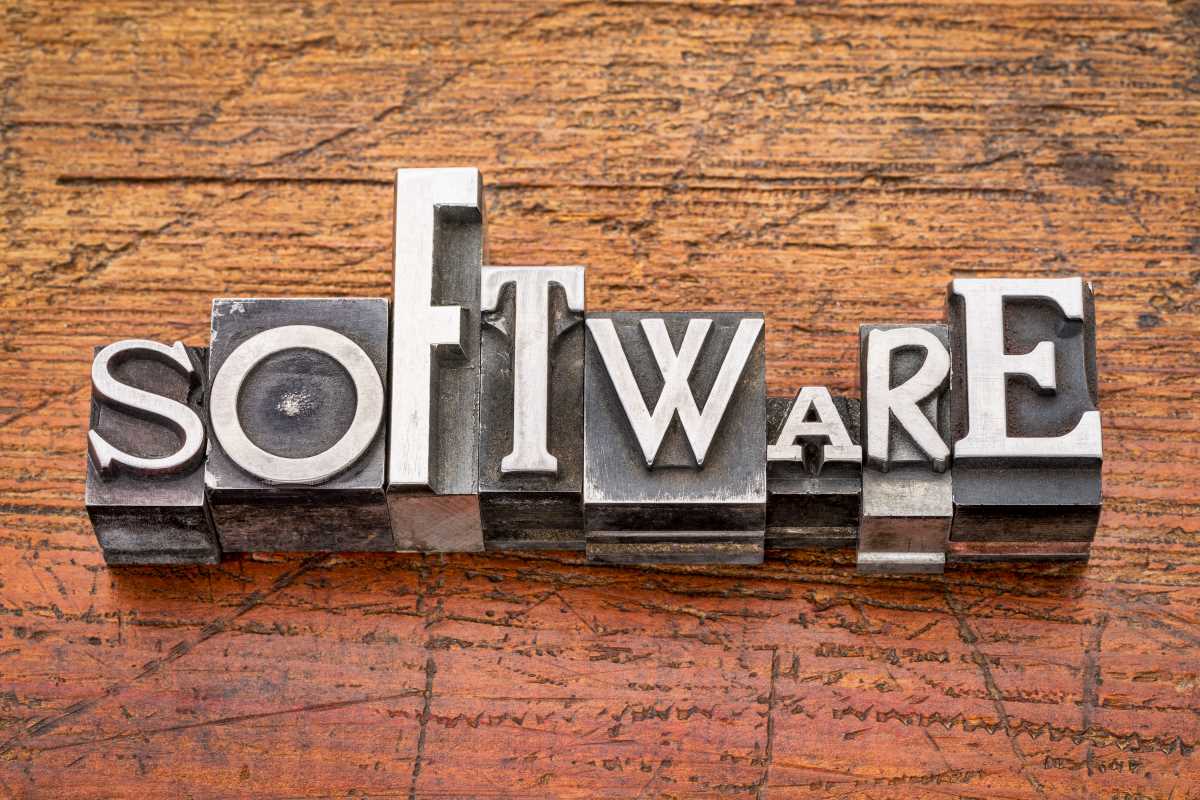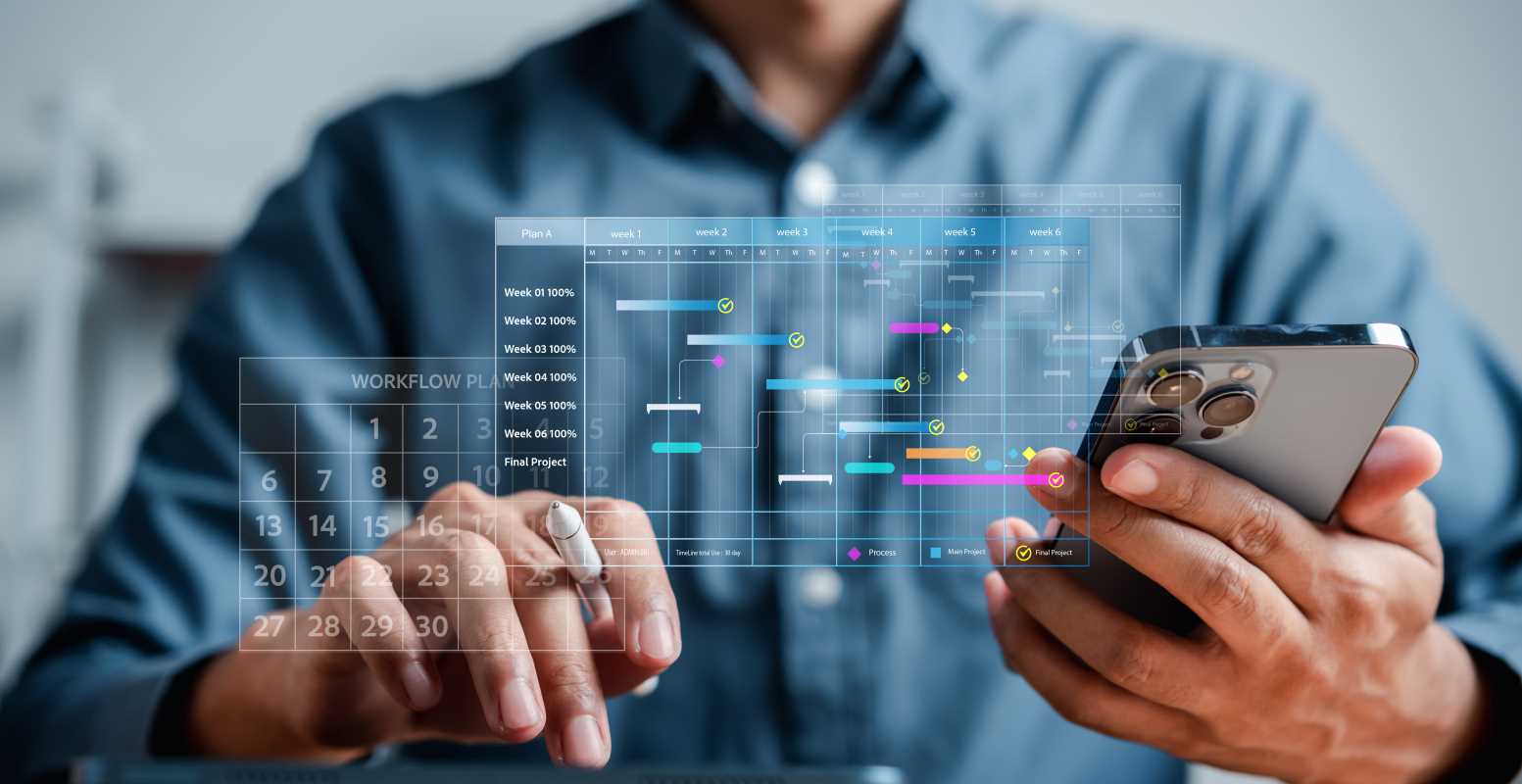For years, marketers have worked to understand customer behavior by piecing together clues. They would look at website clicks, past purchases, and survey responses to build a picture of their audience. This approach, while useful, is like trying to understand a person's life by only looking at their credit card statements. You see what they buy, but you miss the context, the environment, and the real-time actions that lead to those decisions. Now, a new wave of technology is changing everything: the Internet of Things (IoT). IoT refers to the massive network of everyday physical objects—from smartwatches and home assistants to connected cars and store beacons—that are embedded with sensors and connected to the internet.
What is the Internet of Things (IoT)?
The Internet of Things, or IoT, is a simple concept that has profound implications. It’s about taking everyday objects, from a coffee maker to a car engine, and connecting them to the internet. This connection allows them to send and receive data. Your fitness tracker monitoring your heart rate, a smart thermostat adjusting the temperature based on your presence, or a smart refrigerator that tells you when you're low on milk are all examples of IoT devices.
In a marketing context, IoT devices serve as a bridge between a brand and a customer's physical world. They are the eyes and ears that provide data about how, when, and where customers interact with products and services in real-time. This moves marketing beyond analyzing what happened in the past (like a purchase last week) to understanding what is happening right now. This constant stream of data from the physical world unlocks a deeper, more contextual understanding of the customer journey.
Real-Time Insights Provided by IoT Devices
The true power of IoT in marketing comes from the specific, actionable insights it can generate. These go far beyond typical analytics data to reveal how customers live and interact with products.
In-Store Behavior Analysis
Low-energy Bluetooth devices called beacons can be placed throughout a retail store. When a customer with the brand's app enters the store, these beacons can track their movement.
- Example: A retailer can see which aisles customers visit most, how long they linger in front of certain product displays, and which paths they take through the store. This data can be used to optimize store layouts, improve product placement, and measure the effectiveness of in-store promotions in real-time.
Product Usage and Consumption Data
Connected products can send back data about how they are being used. This is invaluable for understanding customer habits and needs.
- Example: A company that sells smart water bottles can see how much water its customers are drinking and when they tend to hydrate most. They could use this data to send timely push notifications with reminders to drink water or create content about the benefits of staying hydrated during peak activity times. Similarly, a printer with a connected ink cartridge can alert the user and the company when ink is running low, creating an opportunity for a perfectly timed reorder offer.
Environmental and Contextual Data
Many IoT devices can gather data about the user's environment, providing crucial context for marketing messages.
- Example: A connected car can provide data on location, weather conditions, and even traffic patterns. A fast-food chain could use this information to push a targeted offer for a hot coffee to a driver on a cold, rainy morning when they are approaching one of their locations. This message is relevant because it considers the user's immediate environment and context.
Biometric and Health Data
Wearable devices like smartwatches and fitness trackers collect a wealth of personal health data. While this data is highly sensitive and must be handled with extreme care and explicit user consent, it can be used for powerful personalization.
- Example: A health and wellness brand could, with permission, access a user's activity data from their smartwatch. After a user completes a long run, the brand could send them content about post-workout recovery or a special offer on protein shakes.
Tips for Integrating IoT Into Your Marketing Strategy
Adopting IoT technology requires a thoughtful and strategic approach. It's not just about collecting data; it's about using it responsibly to create value for the customer.
1. Start with a Clear Objective
Don't just collect data for the sake of it. Define what you are trying to achieve. Is your goal to improve the in-store experience, increase product replenishment rates, or provide proactive customer service? Having a clear goal will help you choose the right IoT technology and focus your efforts on collecting data that will help you achieve that objective.
2. Prioritize Customer Value
The key to a successful IoT strategy is to ensure it provides real value to the customer. Customers will only be willing to share their data if they get something meaningful in return. This could be greater convenience, personalized recommendations, exclusive discounts, or proactive service that makes their life easier. If your IoT integration feels intrusive or creepy, it will backfire.
3. Be Transparent and Ensure Data Privacy
Data privacy is paramount. Be completely transparent with your customers about what data you are collecting and how you are using it. You must obtain explicit consent (opt-in) before collecting any personal data, especially sensitive information from wearables. A clear and easy-to-understand privacy policy is non-negotiable. Building and maintaining customer trust is the most important part of any IoT initiative.
4. Ensure Seamless Integration with Your Martech Stack
The data from your IoT devices should not live in a silo. It needs to be integrated with your core marketing platforms, particularly your Customer Relationship Management (CRM) system. This allows you to combine IoT data with other customer information—like purchase history and email engagement—to create a complete, 360-degree view of the customer.
5. Start Small and Iterate
You don't need to build a complex, fully-connected ecosystem overnight. Start with a small pilot project to test the technology and measure the results. For example, you could implement beacons in a single flagship store or launch one connected product. Use the learnings from this pilot to refine your strategy before scaling it up across your business.
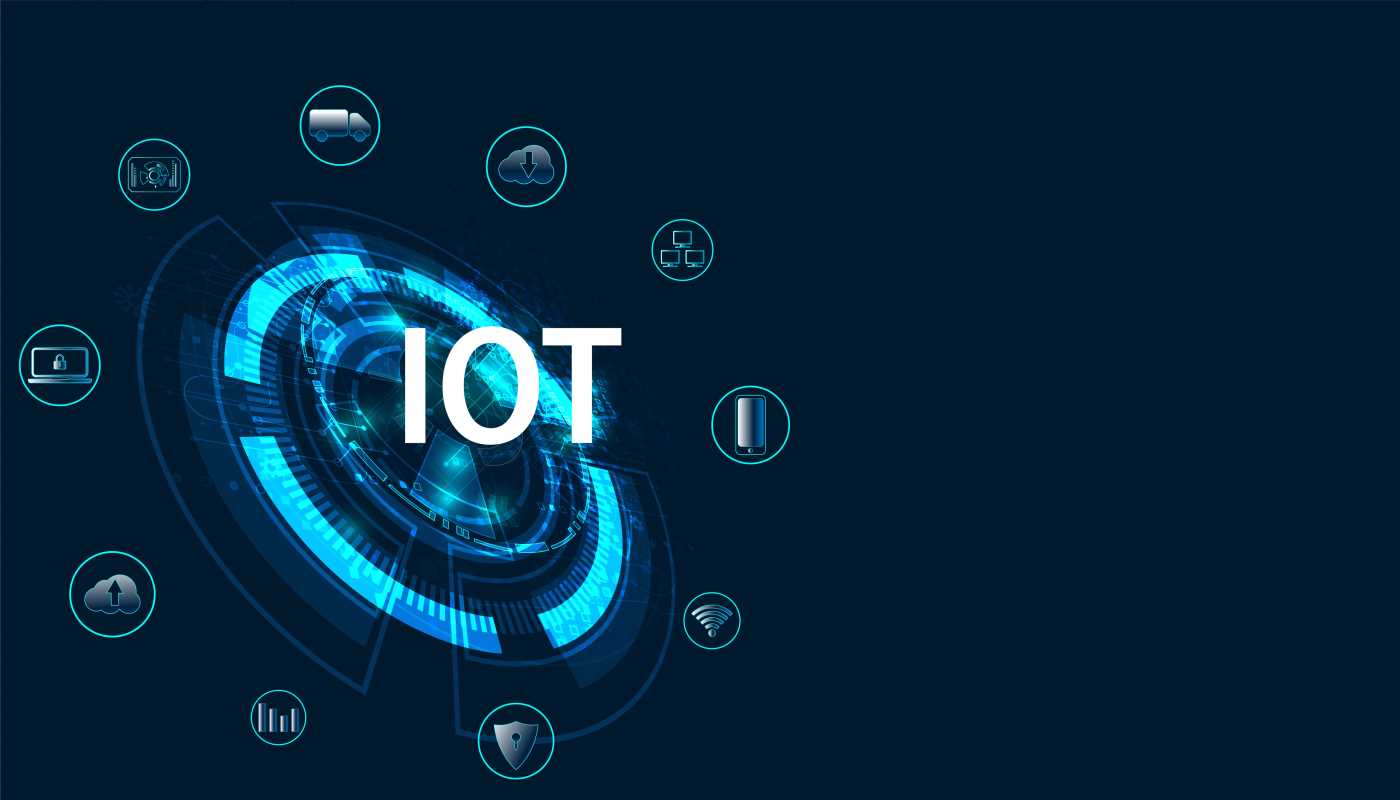 (Image via
(Image via

